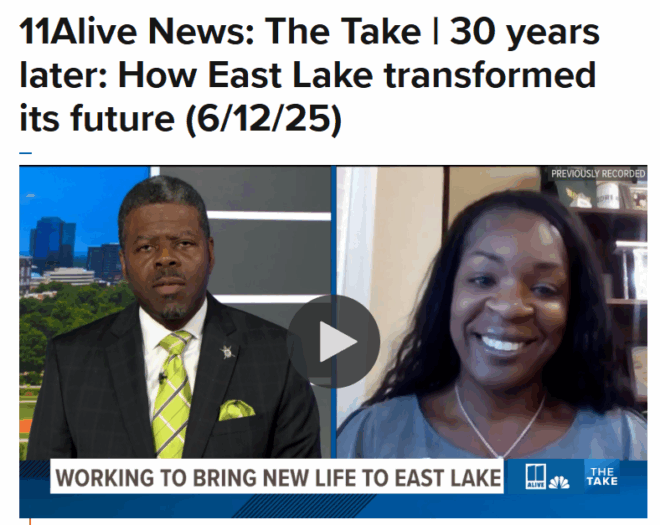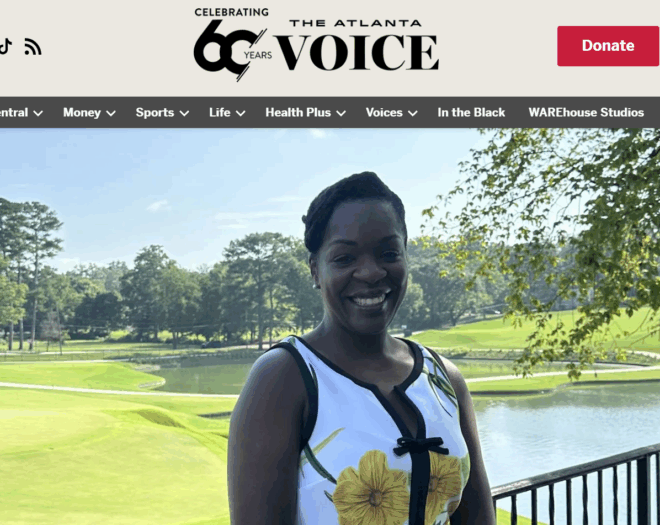By Leonard Pitts, Jr.
Syndicated Columnist
ATLANTA — Hell was a housing project.
East Lake Meadows was built of bricks and ringed by barbed wire and called Little Vietnam because it was a war zone.”
Do you know where you are?” a horrified cop once demanded of a lost driver with out-of-state plates. An official of the Carter administration once accompanied the president on a visit and found himself terrified. And he had Secret Service protection.
“By every measure,” says Carol Naughton, “the community was struggling.” She has numbers to back her up. The crime rate: 18 times the national average. Per family income: $4,000 a year. Households on welfare: almost 60%. Dropout rate: nearly 75%. The average family could expect to be the victim of three felonies a year. The open-air drug market brought in $35 million per annum. Only 5% of kids could pass the state math test. The employment rate — repeat, the “employment” rate — was 14%.
That was then. Naughton, executive director of something called the East Lake Foundation, stands on the balcony of the leasing office and shows off East Lake now. It is a complex of spacious, airy apartments, rolling, grassy knolls, scrupulously clean public areas, a vast swimming pool ringed by dozens of chaise lounges, a playground. The numbers, too, have changed.
Seventy-four percent of the kids here now pass the state math test. Crime is down 87% since 1996. Violent crime is down 95%. Just 5% of the residents — all of them elderly or disabled — receive welfare.
This is a column about “What Works,” as in my ongoing series about programs that are rescuing black kids. East Lake works around a simple model. As Naughton puts it, “We’ve seen that concentrating poverty doesn’t work.” So East Lake rents half its apartments at market rates to middle-income people. The other half is rented to low-income families; they are required to pay 30% of their income, however much that may be, in rent. The balance is government subsidized. Everyone over 16, regardless of income, must pass a criminal background check.
The new East Lake was the brainchild of Tom Cousins, a wealthy developer. By the 1990s, he was also a frustrated philanthropist who, as Naughton puts it, “had given away a lot of money, but wasn’t … seeing life-changing events.”
In 1993, Cousins read a column in the New York Times that said 70% of the men in the state’s prison system came from just eight neighborhoods in the city. Astonished and appalled, he asked Atlanta’s police chief if the same was true here. As Naughton puts it, “The chief basically said, ‘Well, duh.’ ”
For Cousins, it was the beginning of a mission to transform hell. He took over the neighboring East Lake Golf Club, a historic facility that had, itself, fallen on hard times. He rehabbed and restored the private course with the understanding that its profits would benefit the East Lake Foundation, which runs the apartment complex. He opened a pre-K learning center. He led a public-private partnership that tore down the windowless old school and replaced it with a modern charter school that offers tutoring and after-school services. On the nearby public golf course, the school’s First Tee program uses the sport as a vehicle to teach such values as integrity and such skills as how to introduce oneself.
But for all that, I think the most revolutionary of the many ideas here is that the way to combat entrenched poverty is to integrate poor people into middle-income communities. For the record, the average income of East Lake’s poorer residents has gone from $4,000 a year to $18,000 a year.
What are the lessons here? Assuming the news does not intervene, we’ll talk about that and some other things in my next column.




